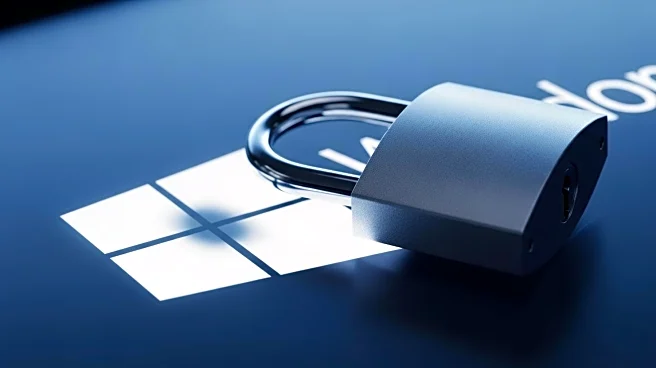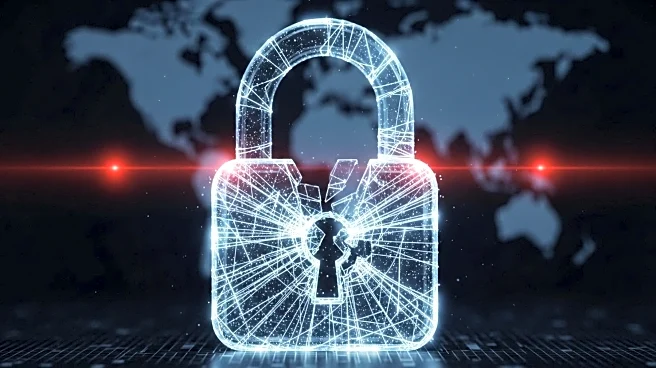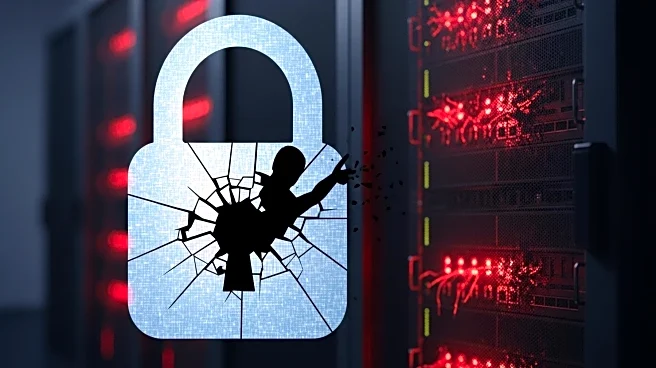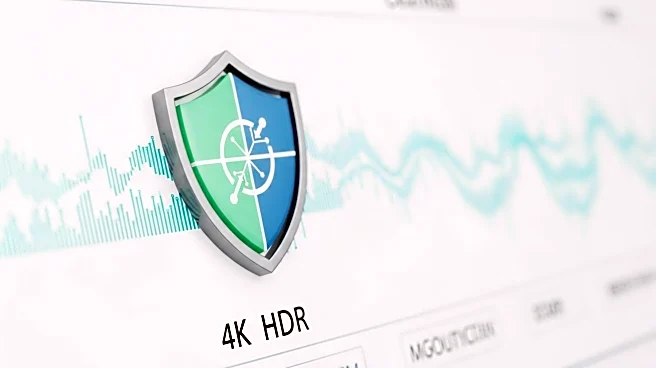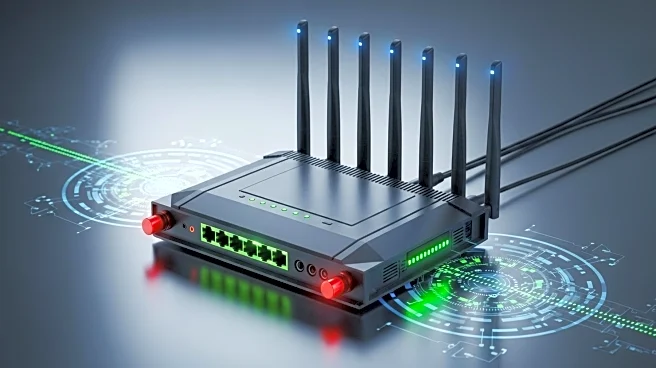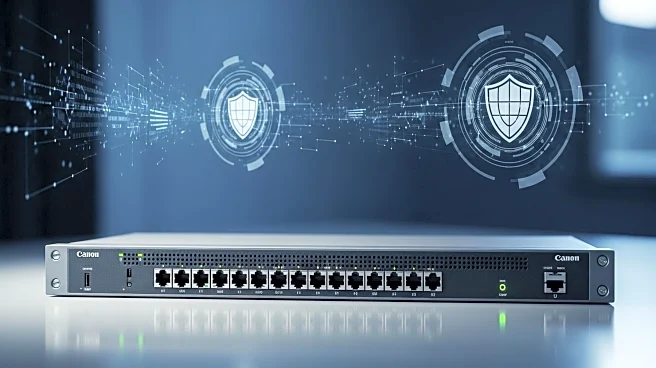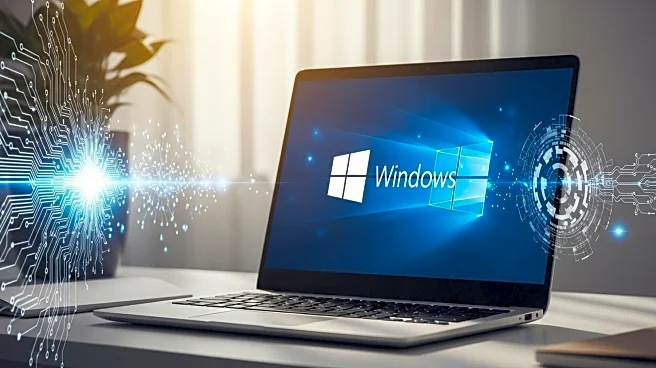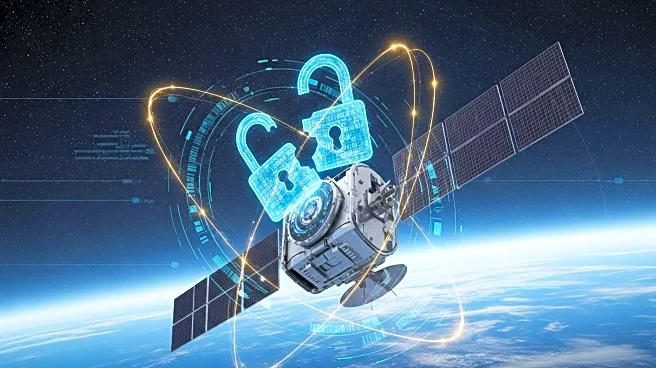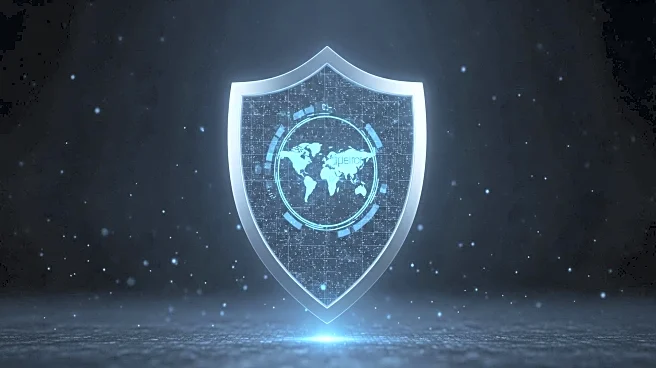What is the story about?
What's Happening?
Windows 10 is set to reach its end-of-life on October 14, 2025, which will significantly increase the number of vulnerable systems within enterprise networks. According to a study by exposure management company runZero, 8.56% of assets are currently running an end-of-life operating system, with 5% of all observed assets already beyond security support as of September 30. This situation presents a substantial attack surface for cybercriminals, as these systems will no longer receive security updates. The widespread use of Windows 10, accounting for one-third of all Windows systems worldwide, means many machines will soon be unsupported, increasing the risk of exploitation. Tod Beardsley, vice-president of security research at runZero, highlights the importance of understanding the baseline of end-of-life systems within organizations to assess their vulnerability to attacks.
Why It's Important?
The end-of-life status of Windows 10 poses significant cybersecurity risks for enterprises, as unsupported systems are more susceptible to attacks. Industries such as retail, manufacturing, and biotech are particularly vulnerable due to their higher-than-average number of end-of-life systems. The lack of security updates means that any new vulnerabilities discovered in Windows 10 will remain unpatched, leaving systems exposed to potential exploitation. This situation could lead to increased cyber espionage and cyberwarfare activities, as attackers may exploit these vulnerabilities without fear of routine updates blocking their efforts. Organizations must prioritize upgrading their systems to mitigate these risks and protect sensitive data.
What's Next?
As Windows 10 reaches its end-of-life, enterprises must take proactive measures to secure their networks. This includes upgrading to newer operating systems, such as Windows 11, which has recently surpassed Windows 10 in terms of installations. Security teams should not rely on emergency updates, as seen with Windows XP in 2017, and instead focus on transitioning to supported systems. Additionally, organizations should conduct thorough assessments of their network to identify and address any legacy systems that may pose security threats. The transition period will require careful planning and resource allocation to ensure minimal disruption and maximum security.
Beyond the Headlines
The end-of-life of Windows 10 highlights broader issues in enterprise cybersecurity, including the reliance on outdated systems and the challenges of maintaining security in complex networks. This development underscores the need for organizations to adopt a proactive approach to cybersecurity, including regular system updates and comprehensive risk assessments. The situation also raises ethical considerations regarding the responsibility of software providers to support their products and the potential consequences of discontinuing security updates. As enterprises navigate these challenges, the importance of cybersecurity governance and strategic planning becomes increasingly evident.
AI Generated Content
Do you find this article useful?
